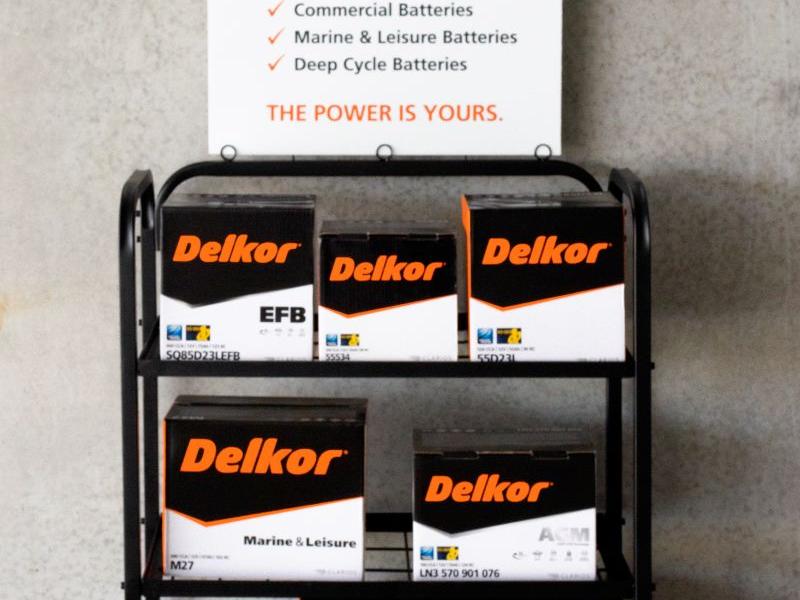It’s a strange phenomenon of today’s world that motor manufacturers have to urge workshops and technicians to use genuine parts when they repair motor vehicles, but there’s a good reason for it.
In the beginning of motoring, the only parts available were those made by the company which built the car, and it wasn’t an issue.
OK, maybe the local blacksmith would repair broken bits where he could, but when it came to replacement parts, well genuine was the only option!
However, as time went gone on, things changed.
It started when the motor manufacturers – the OEMs – had to start outsourcing manufacture of parts because, first, they didn’t have enough capacity to make all the bits themselves, and second, vehicles were becoming more and more complex, so they couldn’t afford, or chose not to, produce certain specialised parts.
Things such as generators (they came before alternators), spark plugs, shock absorbers, and so on.
So independent parts makers built their own factories, and developed a whole new sub-set of motor manufacturing.
However, as these companies grew, so they looked for more and more business to make the economies of scale work, and so in addition to selling parts to the OEMs – parts sold in the OEM’s own packaging, and through its own dealer network – they started to market the same parts under their own name, sometimes undercutting the OEM prices because this was essentially incremental business to providing parts for the OEMs.
This worked pretty well for a time, and sometimes the independent parts makers improved on the designs they were making for the OEMs, and started to produce specialised replacement parts, often of extremely high quality, designed to take the motor vehicle to a different level to that intended by the original design. Such as motor sport, or serious off-roading.
All this is well-known, and well-documented.
But then came the global explosion in the motor industry, and lots of newcomers wanted in.
Opportunists realised that they could jump on the bandwagon by copying the OEMs’ original designs, and even those of the independent parts makers, and by using shortcuts in manufacture, such as using inferior materials, or missing out a couple of manufacturing stages – and by using extremely cheap labour in “sweat shop” factories – could make their fortunes.
These days it’s got so bad that they even copy the packaging and written warranties!
The answer to these inferior parts, say the OEMs, is to use only genuine parts from the OEMs themselves.
To find out more about this, we asked Paul Bowness, Toyota’s manager, parts and accessories, a few questions about the direction Toyota’s genuine parts programme was taking.
First, and we asked him what the benefits are of buying genuine parts, as well as warranties offered.
“It keeps your car genuine, will reduce running costs, and the part is designed and manufactured for the vehicle, plus it will last longer than alternatives,” he said. Paul added that Toyota offers a two-year unlimited km warranty on all its parts.
As far as genuine parts pricing was concerned, we asked Paul to offer examples of how this was improving against a perception that genuine parts were expensive.
Quoting from a survey conducted by “Trade Garage Owner”, he showed the following comparison:
TRADE PRICE COMPARISON (TRADE GRADE)
2005 Toyota Corolla
Toyota Aftermarket Aftermarket
Timing belt $35 $30 $32
Water pump $85 $87 $74
Shock absorber $130 $106 $136
Brake pads (F) $63 $35 $35
Brake rotor (F) $107 $87 $37
Brake drum $178 N/A $91
All quoted prices are RTP as of 7.4.15 and exclude GST
We asked Paul if an OE part was to be re-designed, how long would it be before a Genuine Part replacement would become available?
“Re-designed OE parts are available to order from Japan from the day the vehicle is released on the market,” he said. “Parts stock is split between new vehicle production and service parts supply as early as possible”.
And how far do you think the aftermarket would lag behind you on this? “Maybe 6-12 months”.
We asked Paul how Toyota services the motor trade. “Our dealer network services the trade,” he said, “and we have product ranges with a trade discount, an example of this being our Trade Grade range.”[as shown above – Ed.]
We asked him to comment on the service delivery of the parts programme. “We currently offer a same-day delivery service for Auckland and Lower North Island dealers,” he replied, “and country-wide next-day delivery for all orders received before 5pm.”
The NZ vehicle car parc is one of the most varied in the world, and we asked how Toyota caters its provision of parts to this.
“Toyota New Zealand is committed to supporting all Toyota car owners, whether they drive NZ new or not. We currently have 180,000 unique parts on file, and access to nearly 1.2-million more through Toyota Japan,” he said.
“We let customer demand determine our stock levels; typically, if we sell a part three times in a year we will look to stock it in our warehouse.”
Our next question: do you think car owners should be made more aware of the long history your company has in providing genuine parts?
“Maybe, but I think owners know about this and this is the reason they buy a Toyota,” he replied.
“However I am not sure that they know genuine parts are not always used when repairing their vehicle.
We asked how long Toyota has had a “parts department” in New Zealand, and, at a guess, how many parts would you think have been supplied in that period?
“The current Parts Distribution Centre in Palmerston North was set up in the late ‘Seventies and has undergone several expansions since then,” he said. “Last year we shipped out over 800,000 lines to our customers, which I would probably equate to a couple of million individual parts.”





